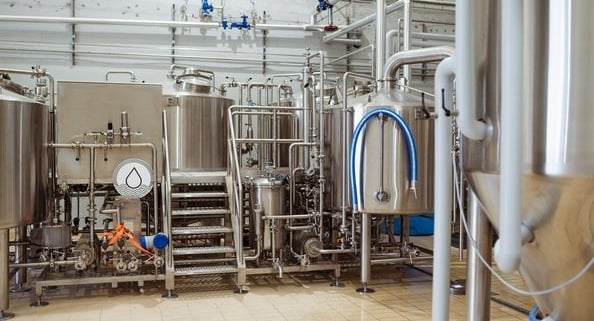How to Choose the Best Wine Fermentation Tank
What Is a Wine Fermentation Tank?
Wine fermentation tanks aren’t just big containers. They’re engineered with precision to control temperature, pressure, oxygen exposure, and other factors that can make or break a batch. Whether you’re talking about a family-run vineyard in Napa or a high-tech winery in Bordeaux, fermentation tanks are the cornerstone of the winemaking process.
These tanks come in all shapes, sizes, and materials. From the timeless charm of oak barrels to the sleek, sterile beauty of stainless steel, there’s a lot to unpack when it comes to choosing the right one.
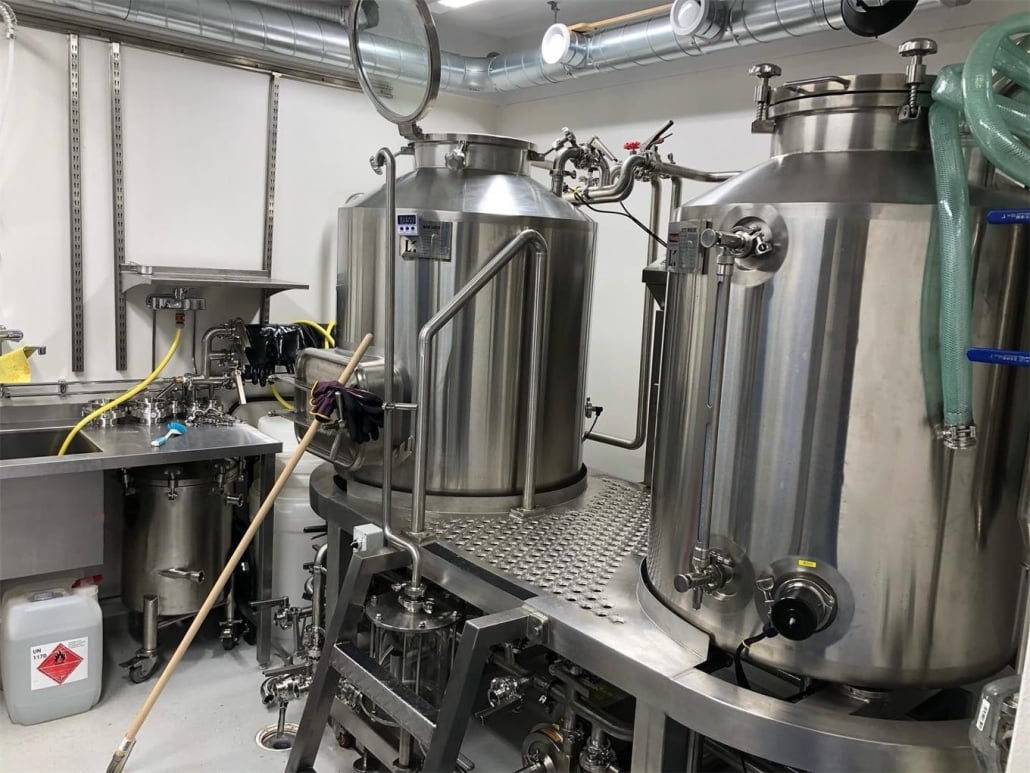
Types of Wine Fermentation Tanks
Here’s where things get interesting. Not all wine tanks are created equal. Each type offers different characteristics that affect the wine’s flavor, texture, and overall vibe. Think of it like choosing between cooking on a cast iron skillet versus a non-stick pan – both get the job done, but the results can taste worlds apart.
Stainless Steel Tanks These are the modern winemaker’s go-to. Sleek, easy to clean, and fantastic for temperature control. Stainless steel doesn’t impart any flavors to the wine, making it ideal for preserving the natural character of the grapes. They’re particularly great for white wines and rosés where freshness and purity are key.
Oak Barrels Old-school, romantic, and undeniably effective. Oak barrels, whether French or American, infuse the wine with tannins, vanilla, spice, and that rich, round mouthfeel we associate with fine reds. They allow a slow introduction of oxygen, which can help soften a wine over time.
Concrete Tanks These are having a bit of a renaissance lately. Concrete tanks offer the benefits of oak (micro-oxygenation) without the added flavor. They’re neutral but have excellent thermal inertia, maintaining a consistent temperature. Wines fermented in concrete often show a nice balance of texture and minerality.
Plastic (HDPE) Fermenters Budget-friendly and lightweight, plastic fermenters are typically used in smaller operations or for experimental batches. While not ideal for aging or long-term use, they can be surprisingly effective for quick-turnaround wines.
Factors to Consider When Choosing a Wine Fermentation Tank
Picking the right fermentation tank is kind of like dating – you need something that suits your style, budget, and long-term goals. Here are the major factors to weigh:
Material: Are you going for a crisp Sauvignon Blanc? Stainless steel might be your match. Looking to craft a complex Cabernet Sauvignon? Oak could be calling your name.
Capacity: How much wine are you making? Tanks can range from tiny 50-liter units to massive 50,000-liter behemoths.
Temperature Control: Fermentation creates heat, and controlling that heat is key to a clean fermentation. Many modern tanks come with built-in cooling jackets or temperature probes.
Oxygen Exposure: Some materials (like oak and concrete) allow gentle oxygen exchange. Others, like stainless steel, are airtight. Your choice depends on how much oxidation you want during fermentation.
Ease of Cleaning: Hygiene is huge in winemaking. Stainless steel wins here hands down, while oak and concrete need a little more love.
Cost: Budget matters. Stainless steel is expensive up front but lasts forever. Oak barrels need regular replacing. Plastic is cheap but short-lived.
Mobility & Size Constraints: If you’re working in a small cellar or want flexibility, smaller tanks or modular systems might suit you better.
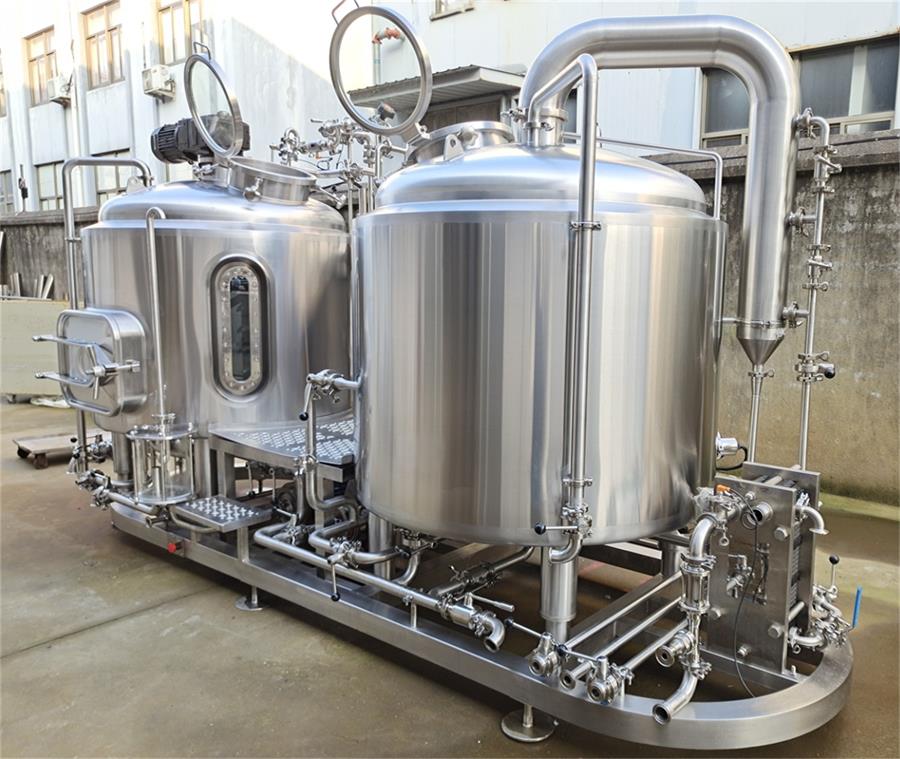
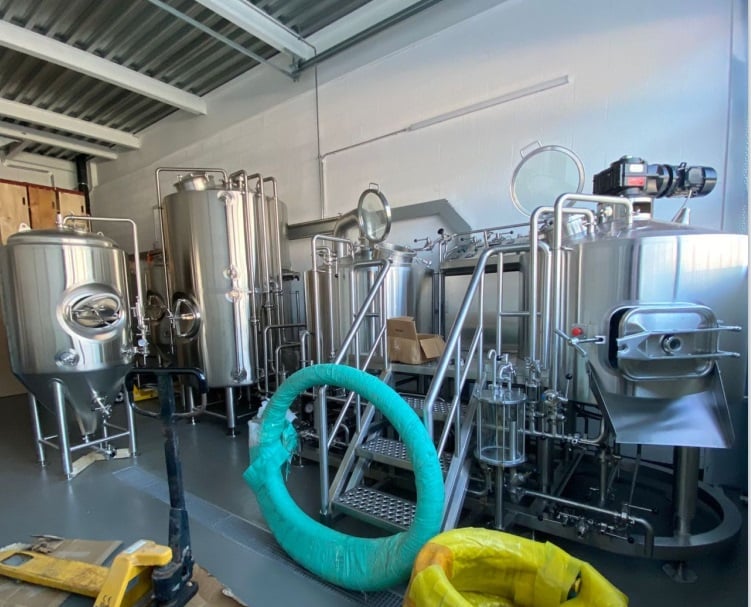


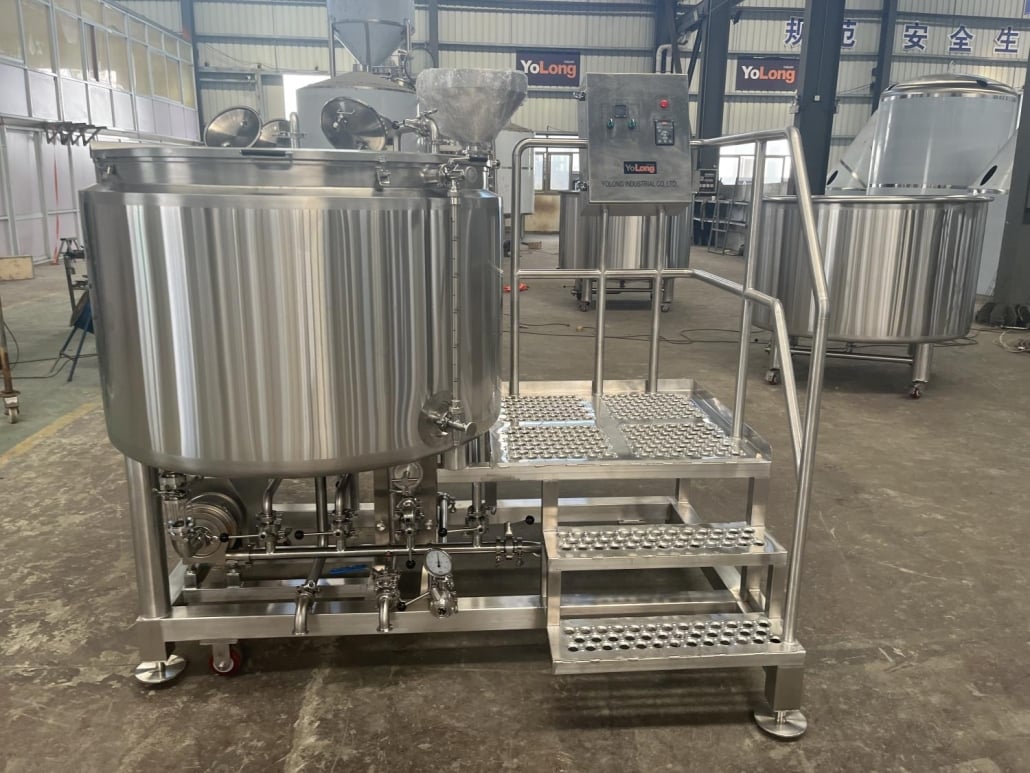

Stainless Steel vs Oak: A Comparative Guide
| Feature | Stainless Steel | Oak Barrels |
|---|---|---|
| Flavor Influence | Neutral – preserves grape character | Adds flavors (vanilla, spice, tannins) |
| Temperature Control | Excellent with integrated cooling systems | Poor – requires external climate control |
| Cleaning & Sanitation | Easy to clean, non-porous surface | Harder to clean, porous material |
| Lifespan | 20+ years | 3-5 years for optimal use |
| Cost | High initial, low long-term maintenance | Moderate initial, ongoing replacement costs |
| Aesthetic & Tradition | Modern, industrial look | Classic, romantic, traditional vibe |
| Oxygen Exchange | Minimal | Moderate, ideal for aging and complexity |
| Best For | Whites, rosés, fresh-style reds | Big reds, wines meant for aging |
Top Wine Fermentation Tank Manufacturers or Brands
The winemaking world is full of brilliant tank makers. Some are all about innovation; others stick to time-honored craftsmanship. Here are a few names you should know if you’re tank shopping:
1. Letina A major player in stainless steel fermentation tanks, Letina combines durability with precision. Their tanks come in various sizes and are often customizable. They’re a hit with both small and industrial-scale wineries.
2. Flextank Specializing in polymer-based fermenters, Flextank offers a modern twist on traditional aging vessels. Their tanks simulate the oxygen exchange of oak but without imparting flavor.
3. Velo Acciai This Italian brand has a stellar reputation for high-end stainless steel tanks. They offer advanced temperature control systems and innovative designs.
4. Tonnellerie Radoux If you’re in the market for oak barrels, look no further. Radoux is known for its craftsmanship and precision. They use French, American, and Eastern European oak, depending on your flavor goals.
5. Nomblot Leaders in concrete tanks, Nomblot’s egg-shaped fermenters are sought after for their thermal stability and gentle micro-oxygenation.
Common Tank Parameters and Price Ranges
| Parameter | Stainless Steel Tanks | Oak Barrels | Concrete Tanks | Plastic Tanks (HDPE) |
|---|---|---|---|---|
| Capacity Range | 100L – 50,000L+ | 225L – 600L | 600L – 2000L+ | 20L – 1000L |
| Avg. Price Range | $1,000 – $30,000+ | $300 – $1,200 per barrel | $2,000 – $10,000+ | $50 – $500 |
| Temperature Control | Integrated or optional | External cooling needed | Passive control (stable) | Limited or none |
| Lifespan | 20-30 years+ | 3-5 years for aging use | 20+ years with care | 2-5 years |
| Best Use Case | Commercial wineries, precision | Premium aging, reds | Boutique wineries, balanced wines | Experimental, small-batch |

FAQ
| Question | Answer |
|---|---|
| What size fermentation tank do I need? | It depends on your production volume. Home winemakers might need 100L, while wineries use 10,000L+. |
| Can I ferment red and white wine in the same tank? | Technically yes, but it’s not recommended due to flavor crossover and process differences. |
| Do stainless steel tanks affect wine flavor? | No, they are neutral and preserve the grape’s original flavor profile. |
| How long does fermentation take in these tanks? | Typically 1-3 weeks, but it varies depending on grape type, yeast, and temperature. |
| Are wine fermentation tanks reusable? | Absolutely. Stainless steel lasts decades, while oak barrels are reused for 3-5 years. |
| Why are some tanks egg-shaped? | Egg-shaped tanks promote natural convection currents, enhancing lees contact and mouthfeel. |
| What’s the most cost-effective option? | Plastic fermenters win on price, but stainless steel offers better long-term value. |

